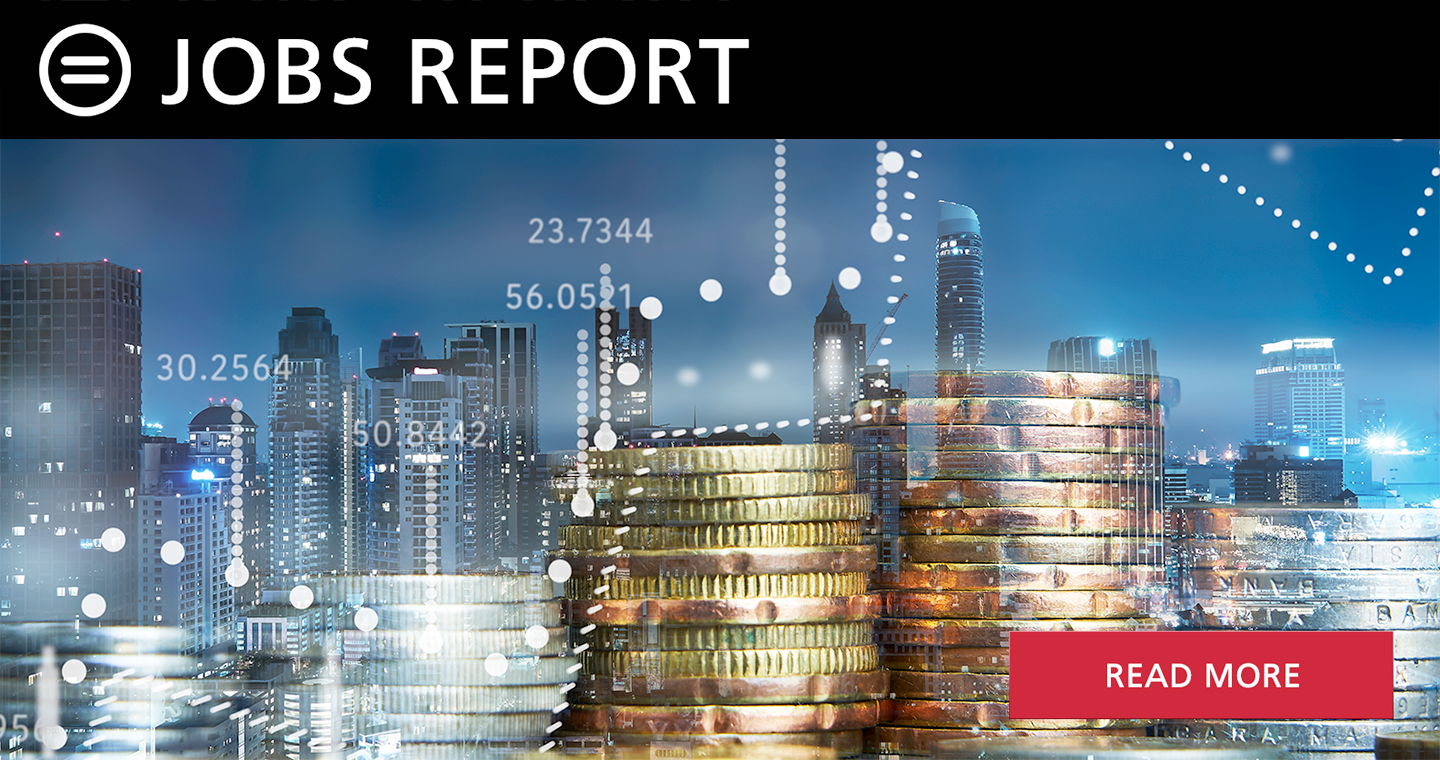Payroll Employment Exceeded Expectations in May While Unemployment Rate Steadily Rises

Dr. Bernard E. Anderson
Whitney M Young, Jr. Professor Emeritus, The Wharton School, University of Pennsylvania
Senior Economic Advisor, National Urban League
The labor force participation rate remained unchanged at 62.6 percent , as did the employment/population rate at 60.3 percent. The number of long-term unemployed, workers unemployed for 6 months or more remained at 1.2 million, nearly 20 % of all unemployed individuals. There was consistency in the demographic mix of employment growth: modest employment growth among Black and white workers, coupled with a slight rise in unemployment among both groups. The disparate rate of labor turnover among the two groups widened the Black/white unemployment gap from 1.5 in April to 1.7 in May. That suggests that Black workers newly entering the labor market experienced a somewhat higher rate of transitional unemployment than white workers, a pattern of adjustment long observed in labor force research.
The economic outlook is influenced by three developments: the debt crisis, tight labor markets, and continued elevated inflation. In the eleventh hour, the House of Representatives and President Biden reached a bipartisan agreement to cap non-military spending, reallocate unspent Covid 19 founding, maintain funding levels for Biden administration budget initiatives adopted in the last two years, raise the debt limit, and take the debt ceiling off the table until 2025. That will eliminate the threat of a global economic meltdown that would have been generated by an unprecedented U.S. default on its debt.
During the past two years, the economy continued to recover from pandemic that started in March 2020. GDP grew at a modest rate of 2.2 percent in Q.2, 2023 up from 1.1 percent in the first quarter. The pace of growth for the remainder of 2023 is uncertain as the economy responds to federal reserve restrictive monetary policy.
Inflation is still running high, a condition the federal reserve is trying hard to reduce by maintaining restrictive monetary policy. Inflation is not declining as it did before the pandemic. The persistence of inflation partly reflects a decline, then a sharp rise in rent prices, an unusual development at a time of rising mortgage rates. Federal Reserve chairman Jerome Powell and other F O M C members repeatedly declare that their number one goal is to bring inflation down to 2.0 percent, the level consistent with the dual mandate of price stability and maximum employment. But the lag in disinflation in response to higher interest rates creates uncertainty about how high interest rates will be raised and how long they will be kept there. Incoming economic data will inform FOMC on whether to raise interest rates in mid-June, then pause to see the impact on inflation.
The structural change in business activity generated by the pandemic increases the prospects for a soft landing. Research by John Roberts and co-authors at the American Enterprise Institute showed that inflation may come down even if real wages rise. A wage/price spiral will emerge if workers try to close the wage gap while companies maintain price markups. But if competition erodes markups, increases in real wages can be consistent with disinflation. Higher interest rates over time will depress aggregate demand.
In conclusion, the job market remains strong as the federal reserve continues to pursue a restrictive monetary policy aimed at reducing inflation to a 2.0 % target consistent with the dual mandate for price stability and maximum employment. The economy dodged a bullet with the bipartisan agreement to raise the debt ceiling. There is a new day for continued economic growth as the economy slowly guides toward a new normal in the post pandemic era.

